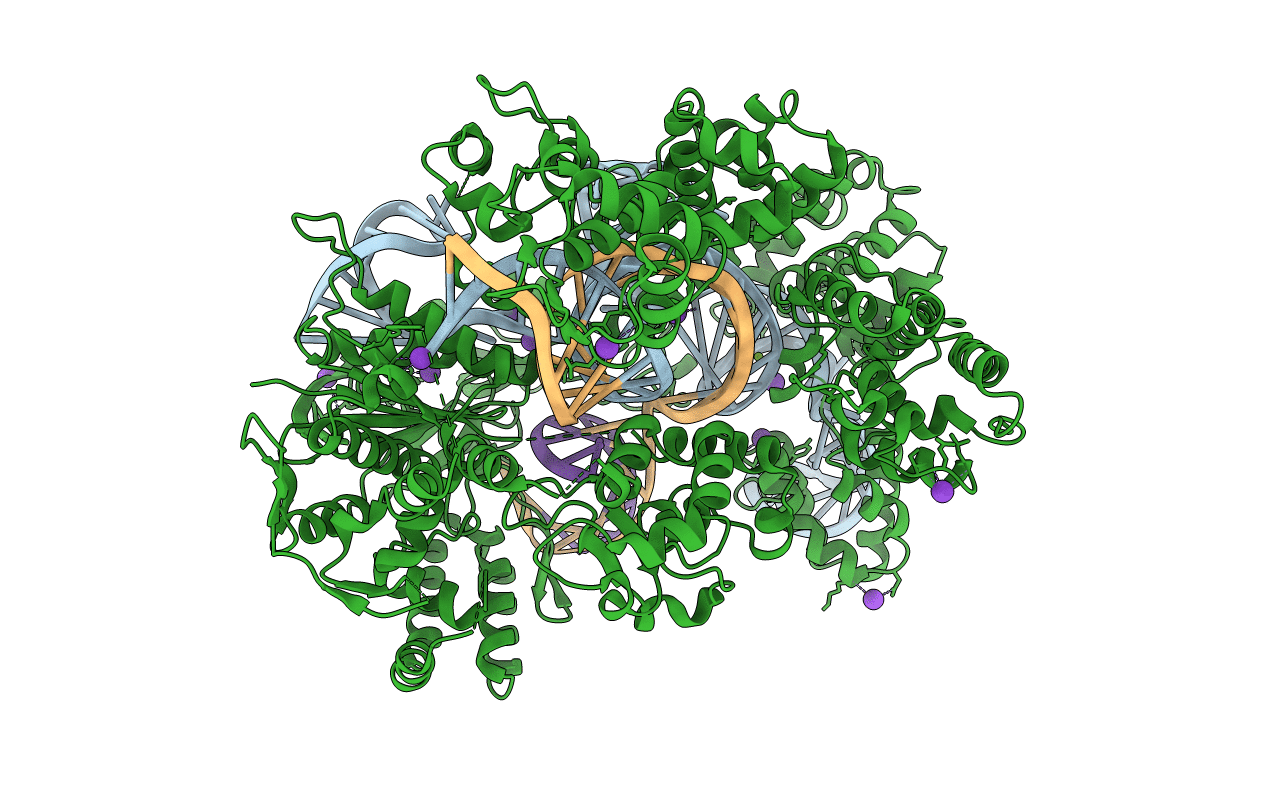
Deposition Date
2021-06-22
Release Date
2021-09-15
Last Version Date
2024-01-31
Entry Detail
PDB ID:
7OX7
Keywords:
Title:
Target-bound SpCas9 complex with TRAC chimeric RNA-DNA guide
Biological Source:
Source Organism:
Streptococcus pyogenes serotype M1 (Taxon ID: 301447)
synthetic construct (Taxon ID: 32630)
synthetic construct (Taxon ID: 32630)
Host Organism:
Method Details:
Experimental Method:
Resolution:
2.60 Å
R-Value Free:
0.22
R-Value Work:
0.20
R-Value Observed:
0.21
Space Group:
C 1 2 1


